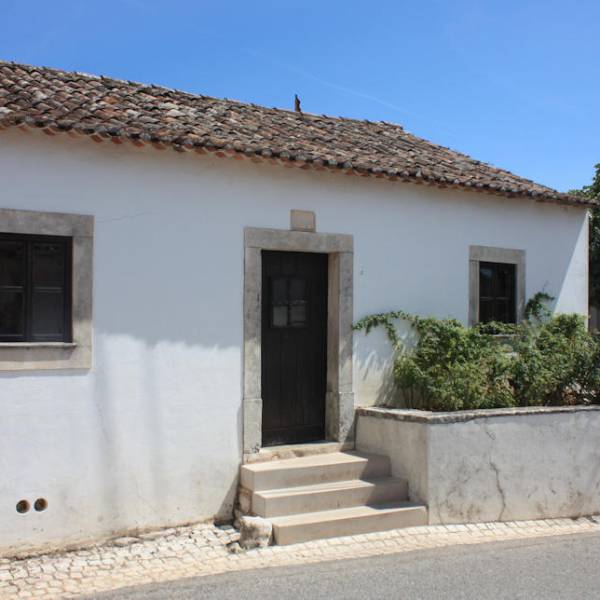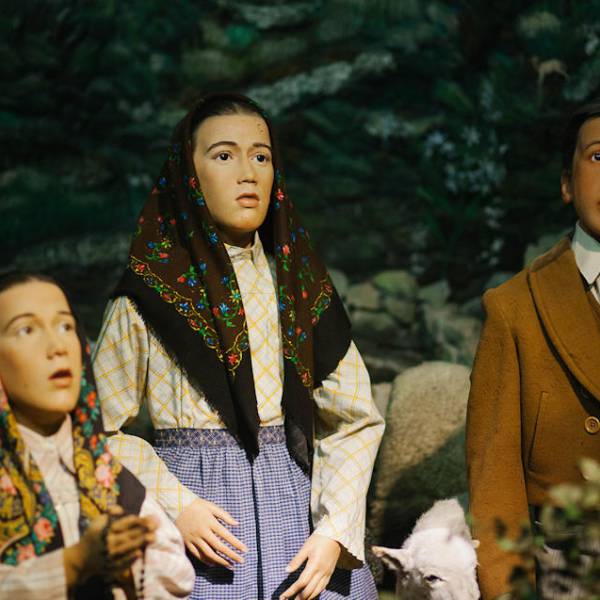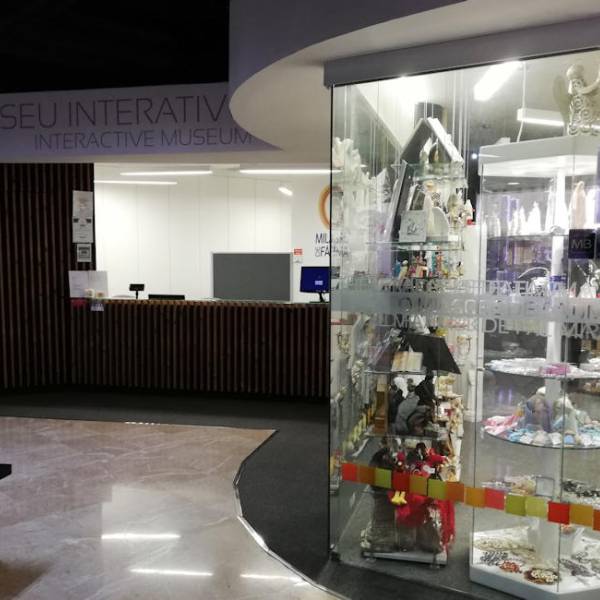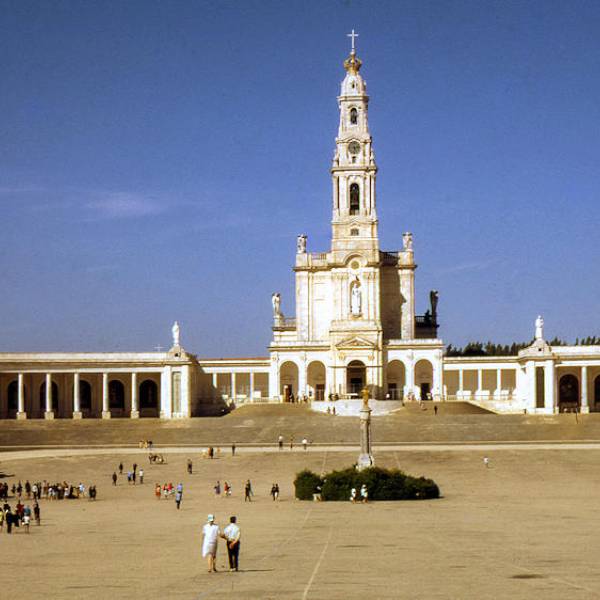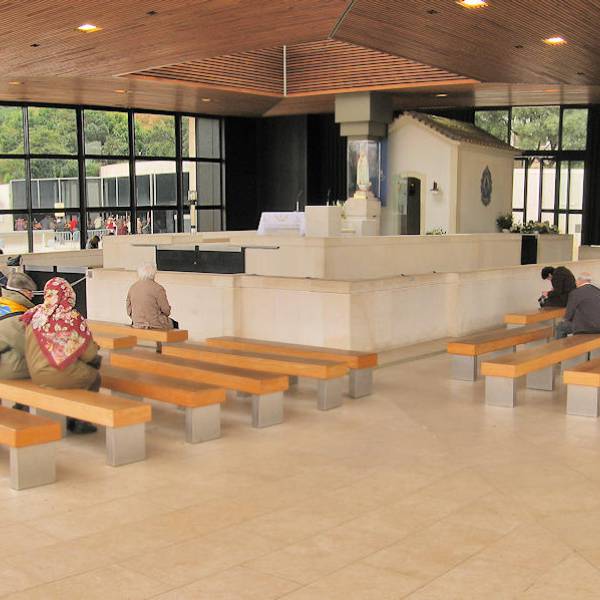The Basilica of Our Lady of the Rosary in Fátima is a recommended day trip from Lisbon. Explore this majestic place of worship, dedicated to the Virgin Mary, and witness its architectural beauty and spiritual significance. Pay homage, attend a mass, and experience the deep reverence that surrounds this sacred site.
The building within the Sanctuary of Our Lady of Fátima, measuring 70.5 meters in length and 37 meters in width, was entirely constructed using local stone from the Moimento area, while the altars are made of marble from Estremoz, Pero Pinheiro, and Fátima.
A large tribune with an altar, presider's chair, lectern, and seating for concelebrants was installed in front of the Rosary Basilica. The bell tower, standing at a height of 65 meters, is crowned with a 7,000 kg bronze crown crafted at the Bolhão foundry in Porto, topped by an illuminated cross visible at night. The carillon consists of 62 bells, cast and tempered in Fátima by Manuel Gonçalves. The largest bell weighs 3,000 kg, and the clapper weighs 90 kg. The clock was crafted by Bento Rodrigues from Braga. The marble angels on the facade were sculpted by Albano França.
On May 13, 1958, a monumental statue of the Immaculate Heart of Mary, sculpted by Father Thomas McGlynn under the guidance of Sister Lúcia, was unveiled. The statue, standing at a height of 4.73 meters and weighing 13 tons, was a gift from American Catholics. It represents the content of the message related to devotion to the Immaculate Heart of Mary, which Our Lady referred to during the first three apparitions in Cova da Iria and the apparitions in Pontevedra: devotion to the first five Saturdays, the consecration of Russia, and the triumph of her Immaculate Heart. On June 13, 1959, it was placed in a niche on the basilica's facade.
Above the main entrance of the basilica, there is a mosaic representing the Holy Trinity crowning the Virgin Mary. It was crafted in the Vatican workshops and blessed by the then Secretary of State, Cardinal Eugenio Pacelli, who would later become Pope Pius XII.
The 15th mystery, a stone bas-relief located in the apse of the main chapel, depicts the Holy Trinity crowning the Virgin Mary. It was created by Maximiano Alves.
Lisbon.vip Recommends
The tombs of the siblings Francisco Marto and Jacinta Marto are located at the extreme right and left sides of the transept, respectively.
The temple has two sacristies, with one being converted into a place of worship known as the Chapel of Saint Joseph. Each of the 14 side altars represents a mystery of the Rosary, adorned with gilded bas-reliefs created by the young sculptor Martinho de Brito. Two plaques at the entrance of the main chapel commemorate the coronation of Our Lady of Fátima on May 13, 1946, and the closing of the Holy Year on October 13, 1951.
The crossing arch displays a mosaic all around, with the inscription "Regina Sacratissimi Rosarii Fatimae ora pro nobis" (Queen of the Most Holy Rosary of Fátima, pray for us). On the right side of the main chapel, there is a statue of Saint Dominic de Guzmán, the great apostle of the Rosary in the 13th century (sculpted by Maria Amélia Carvalheira da Silva). On the left side, there is a statue of Saint Anthony Mary Claret, the founder of the Congregation of Missionaries, Sons of the Immaculate Heart of Mary (sculpted by Martinho de Brito).
Behind the balustrade, there is an image of Our Lady of Fátima. In the center, there is a large stone altar with a silver frontal depicting the Last Supper of Christ. The ambo, pedestal of the image of Our Lady, and the presider's chairs are also made of the same stone as the altar. The painting on the altarpiece represents the Message of Our Lady descending as light and peace to meet the visionaries, who were prepared by the Angel. It was created by architect João de Sousa Araújo. In the upper right corner, the portraits of Popes Pius XII, John XXIII, and Paul VI are depicted, while on the opposite side, three angels are portrayed.
The stained glass windows in the main chapel depict the four evangelists, the apparition of the Angel, scenes from the lives of the shepherd children, and aspects of the Cova da Iria on pilgrimage days. These stained glass windows were designed by architect João de Sousa Araújo.
Map View




